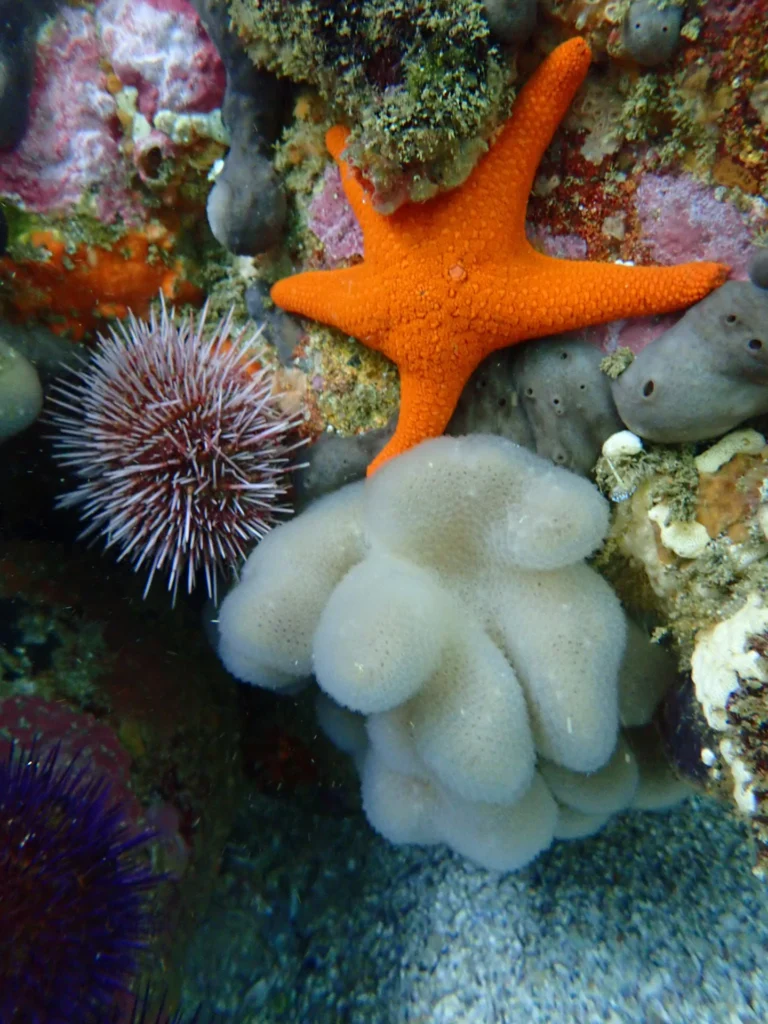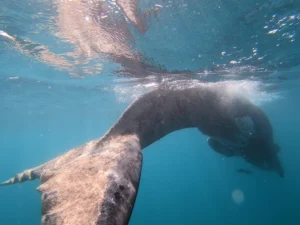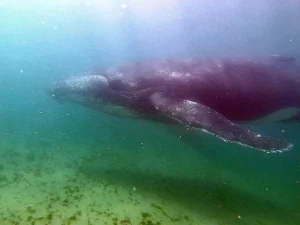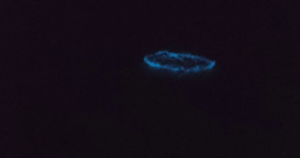Starfish or to use the correct, up-to-date, name ‘Sea stars’ are much loved star-shaped echinoderms. Like most people we use the two names interchangeably. There are about 1900 species of sea stars in the world’s oceans ranging from the tropics to the polar regions. They are found between the intertidal zone down to 6000m deep. They are a common sight when snorkeling in Cape Town and especially in False Bay. Our snorkelers love these amazing creatures and so do we.
Sea stars mostly have five-fold symmetry, known as pentamerism, but there are also some species with more than 5 arms. They have a central disk from which the arms extend. The upper (aboral) side of starfish can be smooth, granular or spiny and is covered in overlapping plates. The anus is in the disk on the upper side and the mouth is on the underside. Each arm has its own set of respiratory, digestive and reproductive organs as well as hundreds of tiny tube feet which allow it to move around. They are distinctly male or female, but can reproduce both sexually and asexually. Most starfish species release buoyant eggs and sperm into the water and the resulting embryos and larvae live as part of the plankton. They have remarkable regeneration abilities and cannot only regrow arms, but a severed arm can even regenerate an entire body! They are fond of eating mussels and oysters. Starfish do so by prying open the shells, turning their stomachs inside out and releasing enzymes that digest their prey externally.
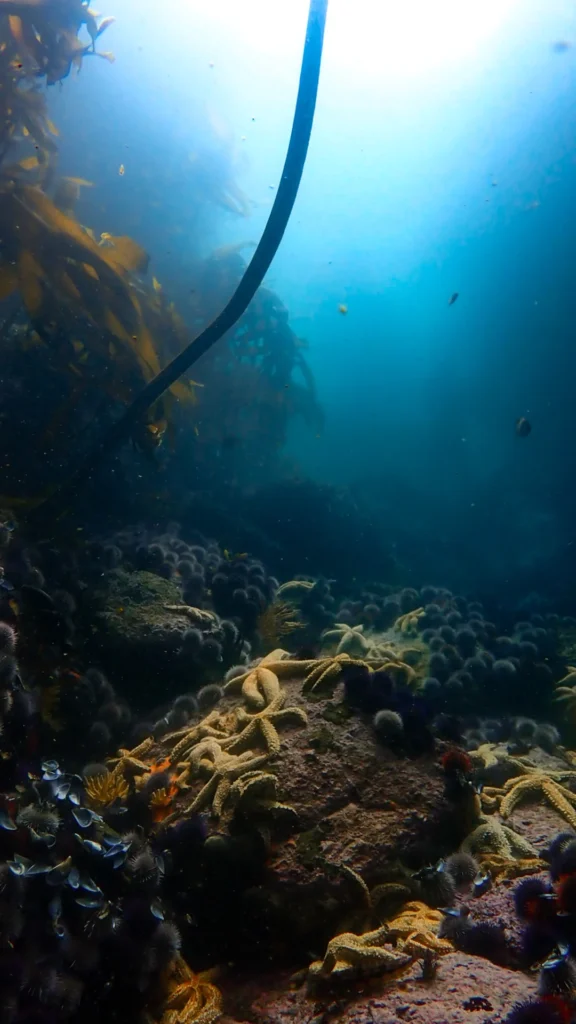
The Spiny sea star (Marthasterias glacialis) is quite common around the Western Cape and can be found in tidal pools and all the way down to depths of +60m. They grow up to 30cm long and are either orange or blue-grey in colour. The spines on their aboral side are surrounded by pedicellariae which are jaw-like tubed pincers which are used for defence and grooming. They like eating mussels and often form large feeding groups.
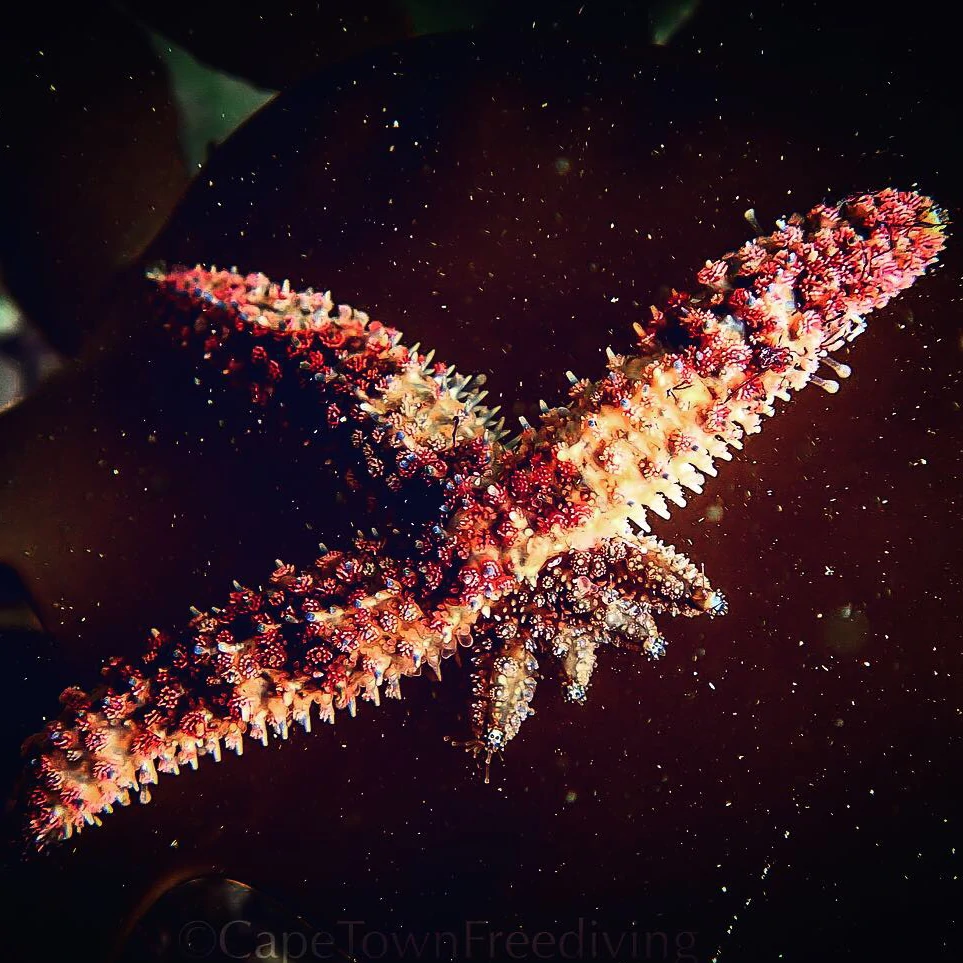
The Red sea star (Patiria granifera) is also quite common in Cape waters, but we tend to see these more often on submerged rocky reefs. They are smaller than Spiny sea stars, reaching a length of about 15cm and are orange or red in colour. Their aboral sides have structures that resemble a tiled roof and their arms taper down to rounded ends. They feed primarily on detritus.
